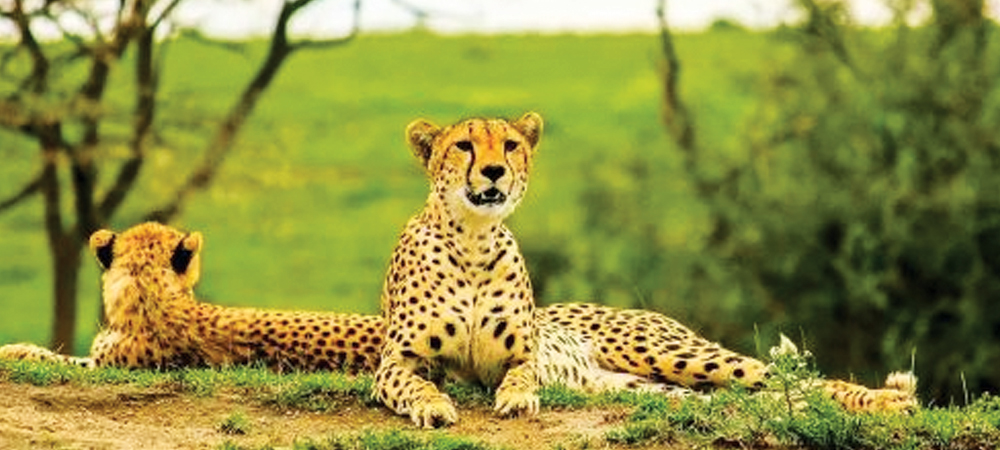Tanzania, a country on the eastern coast of Africa, is a land of breathtaking landscapes, diverse wildlife, and rich cultural heritage. One of the most iconic and thrilling experiences the country offers is embarking on a safari adventure. Tanzania’s safaris are renowned for their vast, untamed wilderness, teeming with a variety of wildlife, and among the top destinations for this adventure is the Serengeti National Park.
Serengeti National Park
The Serengeti, often referred to as the "endless plains," is a UNESCO World Heritage Site and one of Tanzania's most famous safari destinations. Covering an area of approximately 14,750 square kilometers, it is home to the Great Migration, a natural spectacle where millions of wildebeest, zebras, and other herbivores travel in search of greener pastures. The sight of these vast herds moving across the Serengeti is an awe-inspiring display of nature's grandeur.
The Serengeti offers a year-round safari experience, with each season bringing its own unique charm. From December to March, witness the wildebeest calving season, a time of new life and abundance. The dry season, from June to October, is perfect for game viewing, as animals gather around water sources, making them easier to spot.
Ngorongoro Conservation Area:
Located in northern Tanzania, the Ngorongoro Conservation Area is another gem for safari enthusiasts. The Ngorongoro Crater, often described as a "natural wonder," is the world's largest intact volcanic caldera. Within its walls, a self-contained ecosystem thrives, hosting an incredible concentration of wildlife, including lions, elephants, and rhinos.
The Ngorongoro Crater provides a unique safari experience, as the enclosed environment allows for close encounters with the animals. The diverse landscape, from grassy plains to dense forests, adds to the allure of exploring this captivating area.
Tarangire National Park:
For those seeking a more off-the-beaten-path safari experience, Tarangire National Park is a hidden gem. Located in northern Tanzania, the park is known for its picturesque landscapes, characterized by ancient baobab trees and the meandering Tarangire River. During the dry season, the river attracts a myriad of wildlife, including large herds of elephants, making it an excellent time for game viewing.
Tarangire National Park offers a quieter and more intimate safari experience compared to the more famous reserves, allowing visitors to connect with nature on a deeper level.
Selous Game Reserve:
If you're looking for a safari experience off the typical tourist trail, the Selous Game Reserve in southern Tanzania is a fantastic choice. Covering an expansive 50,000 square kilometers, it is one of the largest game reserves in Africa and a UNESCO World Heritage Site.
The Selous Game Reserve is renowned for its diverse landscapes, which include open savannahs, woodlands, and wetlands. Visitors can explore the Rufiji River, which winds its way through the reserve, providing a habitat for a variety of wildlife, including crocodiles, hippos, and a plethora of bird species.
Cultural Encounters:
Beyond the captivating wildlife and stunning landscapes, Tanzania's safaris offer opportunities to engage with local cultures. Many safari operators incorporate visits to Maasai villages, allowing visitors to learn about traditional customs, dance, and crafts. This cultural exchange adds a meaningful dimension to the safari experience, providing a deeper understanding of Tanzania's rich heritage.

